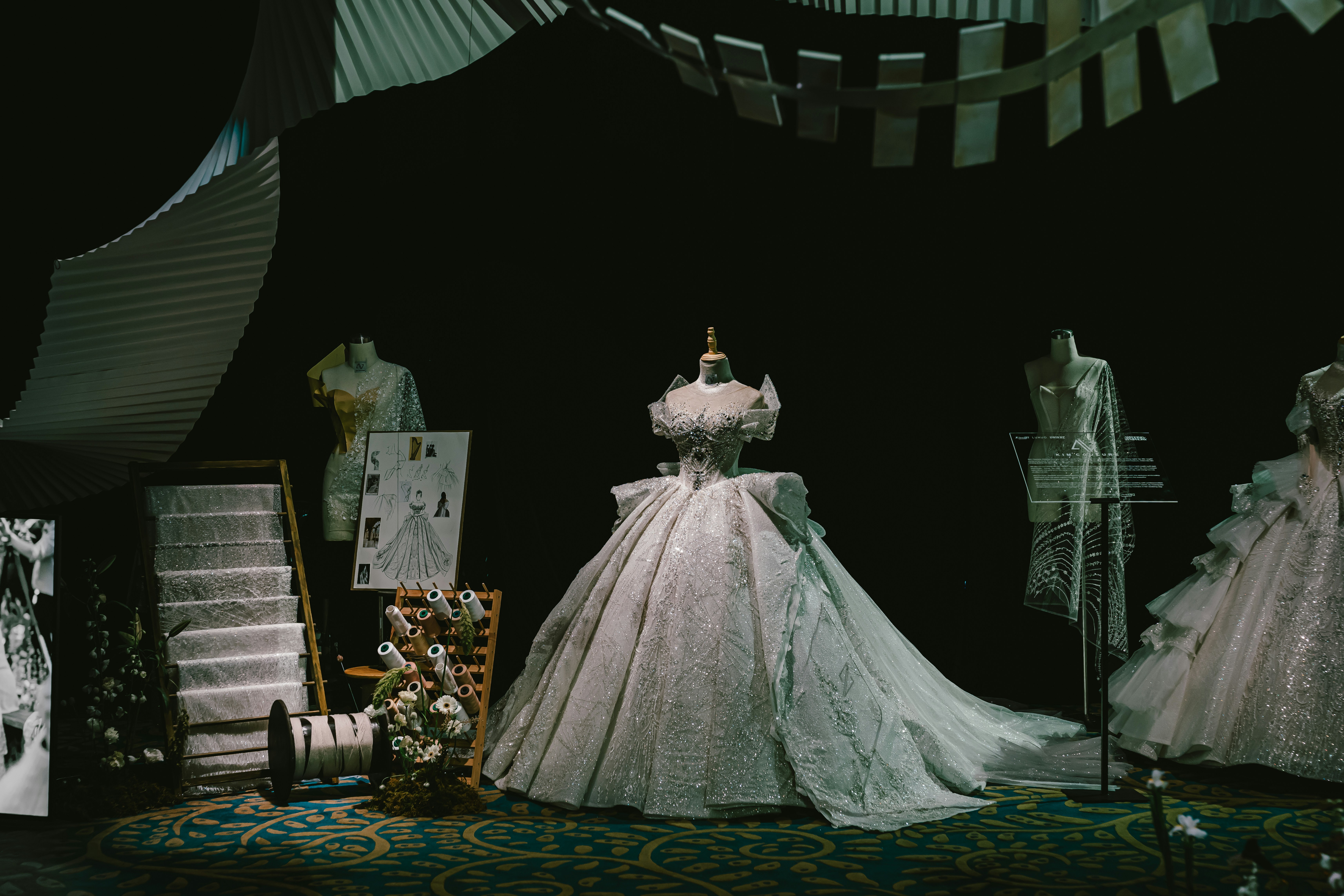
Step 1: Concept and Design
The initiation of the women’s dress manufacturing process begins with the crucial phase of concept and design. This stage encompasses a variety of tasks that are integral to the successful launch of a clothing line tailored for modern women. Designers engage in thorough trend research, analyzing current fashions and consumer preferences, which ultimately informs their design direction. Understanding market dynamics is essential for identifying opportunities that resonate with target audiences.
Sketching designs serves as a creative outlet for designers, who translate their ideas into visual representations. These sketches not only reflect aesthetic values but also align with functionality, ensuring that the garments are practical for everyday wear. As each design evolves, selecting fabrics and materials becomes a pivotal decision. The choice of fabric impacts not only the garment’s appearance but also its comfort, durability, and suitability for various occasions.
In conjunction with artistic development, creating detailed technical specifications is vital. These specifications serve as the blueprint for production, outlining critical aspects such as garment measurements, construction methods, and finishing details. Clear documentation ensures that manufacturers understand the designer’s vision, reducing the likelihood of misinterpretation or errors during production.
Ultimately, the success of a clothing line for modern women is deeply rooted in the interplay of creativity and market insight. Designers must balance innovative ideas with practical considerations, ensuring that their creations not only stand out aesthetically but also meet the diverse needs of contemporary consumers. This foundational step in the dress manufacturing process sets the stage for subsequent phases, where ideas will transform into tangible products ready for delivery.
Step 2: Pattern Making and Sampling
Once the initial designs are established, the next critical phase in the women’s dress manufacturing process is pattern making. This stage involves creating precise blueprints that will eventually guide the construction of the garments. Skilled pattern makers interpret the design sketches and translate them into flat patterns, which serve as the foundation for the dress. Utilizing advanced software or traditional drafting techniques, patterns are crafted with meticulous attention to detail, ensuring that they accurately reflect the desired dimensions and style elements of the dresses.
After the patterns are created, sampling begins. This process typically involves draping fabric on dress forms, allowing designers to visualize how the material interacts with the body and the design intent. Draping is a crucial technique, as it gives an initial representation of the garment’s aesthetics, flow, and fit. During this stage, adjustments are often made to the patterns to enhance the overall look and ensure a flattering silhouette. This iterative approach is key in refining the fit and style of the dress.
Moreover, prototyping serves as an integral part of this process. After the initial sample is created, it undergoes rigorous testing to assess how well it aligns with the intended design and how it performs in terms of wearability. Feedback loops between designers, pattern makers, and fit models are vital. This collaboration allows for various modifications to be made, addressing any concerns regarding comfort, aesthetics, and functionality. Ultimately, this comprehensive approach ensures that the final product not only meets the original design vision but also satisfies customer expectations in terms of fit and quality.
Step 3: Production and Manufacturing
The production and manufacturing stage is a critical phase in the modern women’s dress manufacturing process. Once the samples have received approval, the journey from design to final product begins. This stage involves a series of meticulous steps designed to ensure that each garment meets quality standards while optimizing production efficiency.
Initially, extensive planning takes place to determine the best cutting technique for the fabric. Advanced technology is often employed in this process, including automated cutting machines, which enhance precision and minimize fabric waste. The cutting process is crucial, as the accuracy of the fabric pieces directly affects the overall quality of the finished dress.
After cutting, the pieces move to the sewing area, where skilled workers or automated sewing machines carefully assemble the various components of each garment. In contemporary dress manufacturing, the integration of automation helps streamline operations while maintaining high standards. Workers are trained to utilize both traditional and high-tech methods, allowing for greater flexibility and speed in production.
Furthermore, finishing touches play an essential role in defining the garment’s quality. This stage includes tasks such as adding labels, inspecting for defects, and applying final treatments like pressing and packaging. Each of these elements contributes to the overall presentation and durability of the dress.
In recent years, the industry has witnessed a shift towards sustainability and ethical manufacturing practices. Many companies are now focused on not only creating beautiful dresses but doing so responsibly. This involves sourcing eco-friendly materials, utilizing energy-efficient machinery, and ensuring fair labor practices throughout the supply chain. By prioritizing these values, manufacturers are not just enhancing their reputation; they are also catering to a growing market of environmentally conscious consumers.
Step 4: Quality Control and Delivery
Quality control is a critical phase in the women’s dress manufacturing process, serving as a final checkpoint to ensure that each garment meets the established standards. This stage involves a comprehensive examination of the dresses for any defects or inconsistencies that could affect the overall quality. Various techniques are employed, including visual inspections, fabric checks, and functionality assessments, to validate that each piece aligns with the design specifications. Additionally, it is not uncommon for manufacturers to utilize advanced technologies, such as automated inspection systems, to enhance the accuracy and efficiency of the quality control process.
Once the dresses have passed quality control, they are then packaged for delivery. This stage involves careful consideration of the packaging materials and methods to protect the garments during transit. Proper packaging not only safeguards the dresses from damage but also reflects the brand’s commitment to quality and customer satisfaction. Each dress is neatly folded and placed in secure packaging, often accompanied by care labels and brand information to ensure a positive unboxing experience for consumers.
The logistics of delivering these garments involves a well-organized supply chain system. Inventory management plays a pivotal role in this phase, as it allows for efficient tracking and distribution of products. Manufacturers often use inventory management software to monitor stock levels, ensuring that dresses are shipped promptly to retailers or direct to consumers. This software aids in forecasting demand, facilitating smoother operations. Additionally, partnering with reliable shipping providers is essential to guarantee timely deliveries. By focusing on these logistics, the manufacturers can enhance customer satisfaction, drawing attention to the importance of both quality control and efficient delivery in the modern women’s dress manufacturing process.
